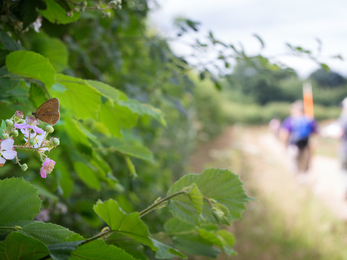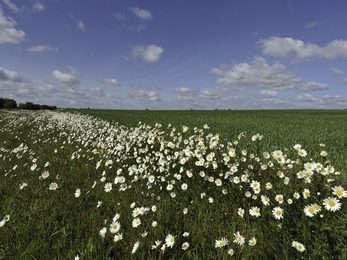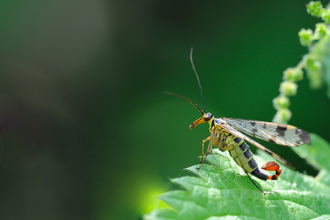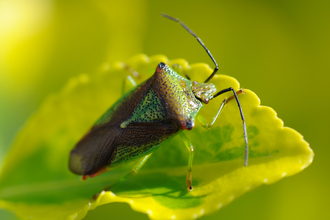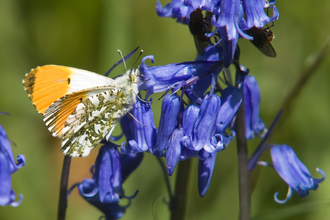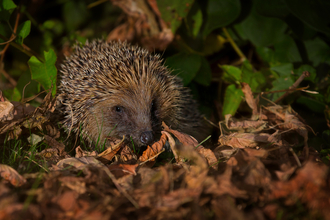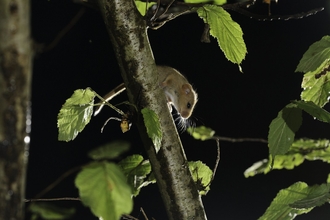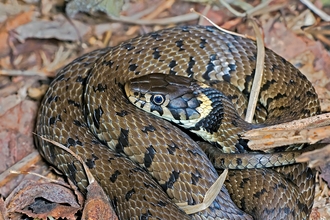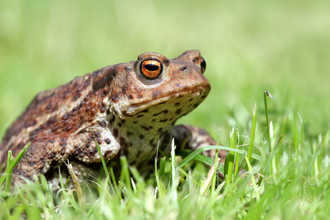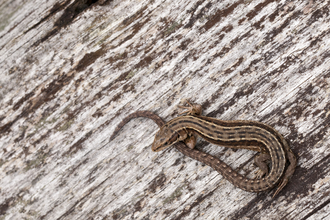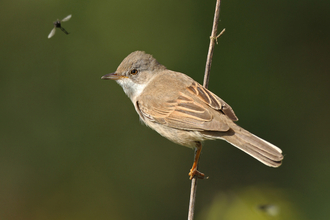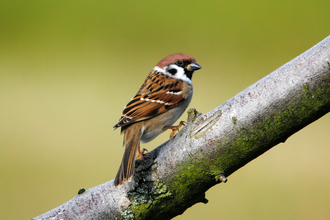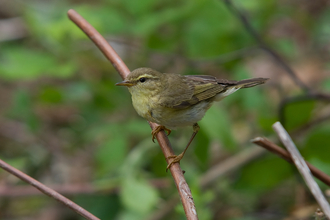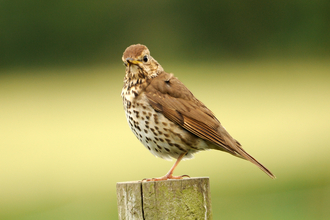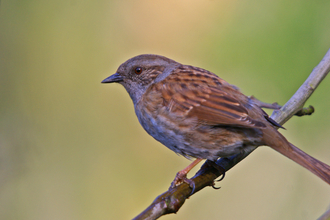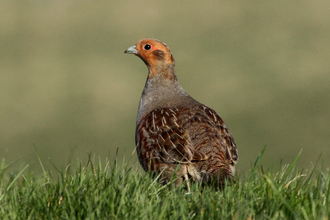Hedgerows are widely recognised as a key feature of the English countryside and before the mass intensification of farming after the Second World War, they stretched for almost one million miles, creating the patchwork patterns across the country that we see today. We still have around half a million miles of hedgerow remaining and they play a vital role for wildlife.
Hedgerow highways
Traditionally, hedgerows were planted to create boundaries between lands under different ownership and to enclose livestock such as sheep and cows. Hawthorn and blackthorn trees, covered in spiky thorns, made an ideal barrier to keep farm animals roaming away from their owners.
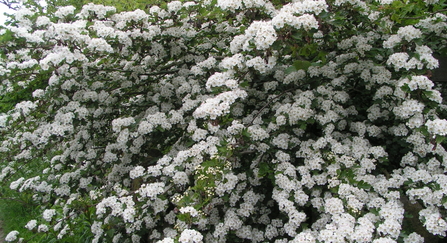
Hawthorn blossom (c) Richard Burkmar
Thick hedges also provided protection for crops from extreme weather and their tangled root systems held together soils between cultivated fields and prevented mass run-off of rain water, which would carry nutrients from the crops that depended on them. Fruit trees were sometimes planted too, along with hazel, oaks, ash and hornbeam, all providing a food source for the local wildlife.
At a glance, a hedgerow appears to be a solid structure of limited plant species, but delve into them a little deeper and you will find that they have multiple layers, much like the strata of a woodland.
Hedgerows play essential roles for native birds, insects and mammals:
- They provide permanent habitat cover for wildlife to make nests in and for some species to hibernate in
- Hedgerows offer great hiding places for animals to escape to from open farmland
- They also create habitat corridors; linking woodlands and enabling wildlife to travel around safely
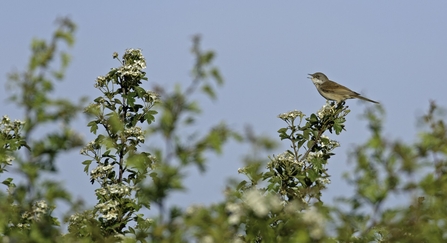
Common whitethroat (Sylvia communis) singing in hawthorn hedge (c) Chris Gomersall/2020VISION
Larger shrubs and trees provide a canopy, which is ideal for song birds to perch on and sing from. The next level down is extremely diverse and full of different plants that benefit wildlife at different times of the year.
At ground level, a buffer strip is usually left uncut on either side of a hedgerow, which becomes blanketed in grasses and wildflowers and is ideal for pollinating insects. Those insects in turn are part of the wider food-chain, feeding birds, mammals and reptiles.
Hedgerow species
Thousands of species benefit from hedgerows. A study conducted by People's Trust for Endangered Species identified over 2000 species along just 85 metres of quality hedgerow.
Insects
Mammals
Reptiles and amphibians
Birds
Protection of hedgerows
Hedgerows over 30 years old, or planted specifically to act as a parish county boundary existing before 1850, are fully protected by law. This means that it is illegal to remove hedgerows within certain criteria including the aforementioned points.
Hedgerow cutting
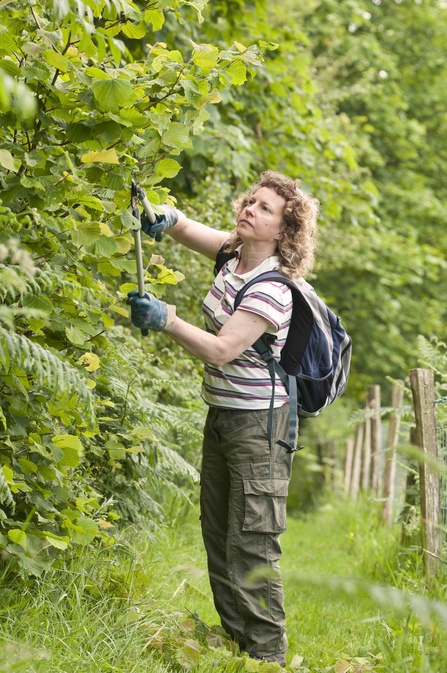
(c)Ross Hoddinott/2020VISION
Many species of birds use hedgerows in which to build their nests and rear broods between March and August.
Bird breeding seasons can fluctuate from year to year slightly, depending on weather conditions and birds could still be using nest and rearing second broods at the end of the summer.
It is a criminal offence (Section 1 of the Wildlife and Countryside Act of 1981) to damage and disturb bird nests while they are active, so conservationists recommend that waiting until September/October is the safest time to trim hedgerows.
It is not an offence to trim a hedgerow during spring and summer if there are no nesting birds present, therefore it is essential that a hedgerow is fully checked before trimming takes place.
This should also be commonplace before commencing any winter hedge-cutting, as badgers, dormice and other legally protected species such as great-crested newts could be present.
If you witness a hedgerow being cut when you have seen evidence of nest birds or other protected species, it is a police matter. For full guidance, visit the West Mercia Police website here.
How you can help
Become a member today and help us protect wildlife homes on a landscape scale.


